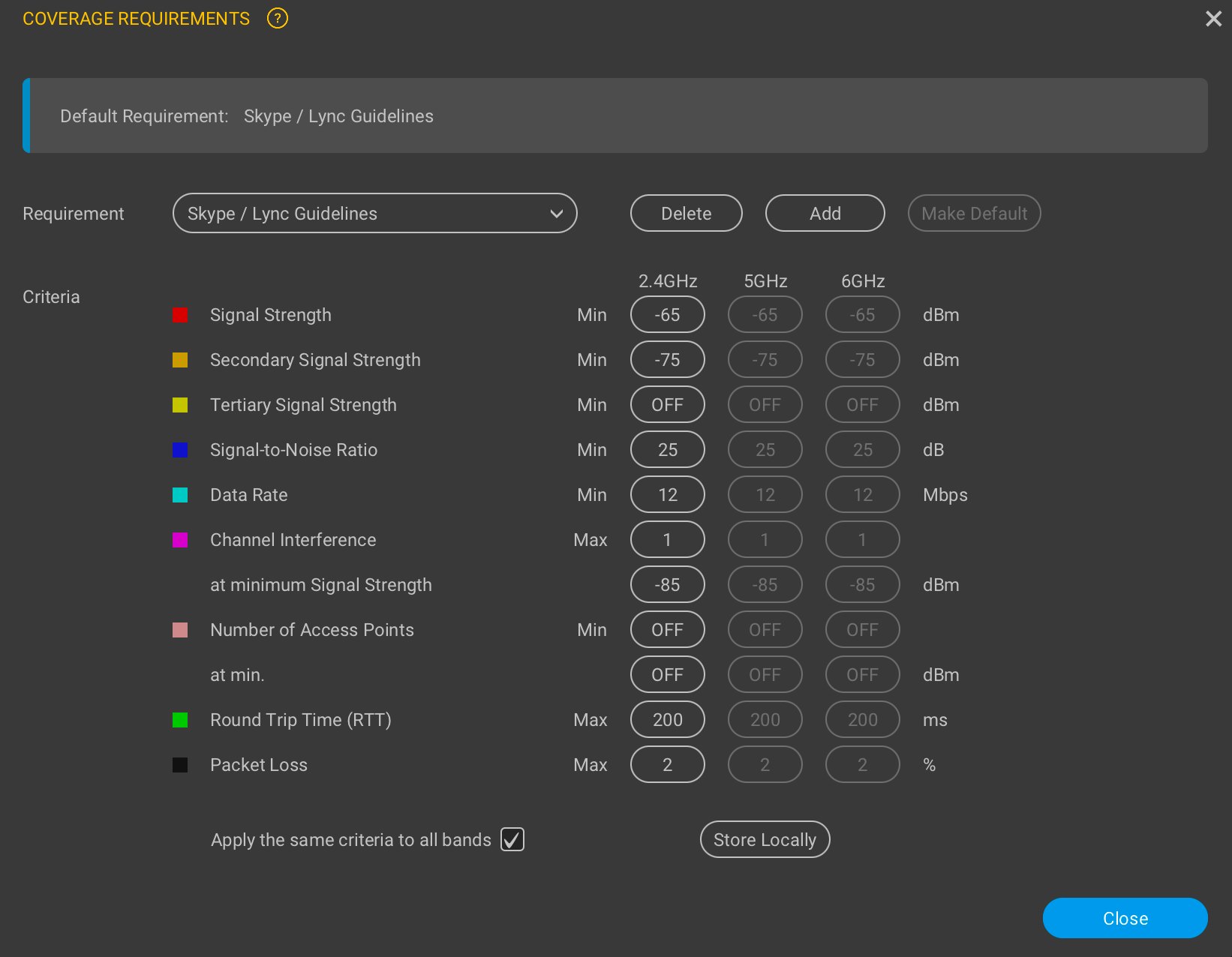Reliable Wi-Fi has become essential in the modern workplace, not just a convenience. Poor coverage or unstable networks can disrupt productivity, collaboration, and critical services. Conducting a Wi-Fi site survey ensures your network meets the needs of employees, devices, and applications across your environment.
Why surveys are critical
Wi-Fi site surveys are indispensable tools for maintaining and optimising the performance and coverage of wireless networks. By evaluating coverage criteria, identifying dead zones, and mitigating interference, these surveys play a vital role in ensuring reliable connectivity for users.
Benefits of a Wi-Fi site survey:
- Optimised coverage: Site surveys help determine the optimal placement and radio configuration of APs to ensure consistent coverage that meets the designed SLA throughout the intended area.
- Improved performance: By identifying and providing mitigation plans to counter sources of interference or dead zones. Wi-Fi site surveys provide data-rich visibility into the current operational status of the radio network, as well as provide key insight to help prevent future challenges from arising.
- Cost savings: Proper planning and deployment based on data-driven survey findings can prevent unnecessary expenses and productivity losses associated with over-provisioning or under-performing Wi-Fi infrastructure.
Challenges of a Wi-Fi site survey:
- Complexity: Conducting thorough site surveys requires expertise in wireless networking and familiarity with survey tools and methodologies.
- Dynamic environment: Wireless networks are subject to environmental changes. Some of these changes are in our control and predictable. Some are out of our control and are unpredictable, such as new neighbours occupying the building next door or building renovations and the introduction of new electronic devices and technology. General growth in employees, their workflow and device numbers will also affect Wi-Fi performance over time.
- Time and resources: Site surveys can be time-consuming and resource-intensive for both parties, the customer, and the technology partner, especially for large or complex environments that are high on security and access control.
Real-world example: Voice-capable Wi-Fi network
The screenshot below is an example of the requirements for a voice-capable Wi-Fi network. The specifications are set to meet Microsoft’s requirements for a successful Lync/Skype deployment over Wi-Fi. These requirements were set by Microsoft itself.
This is a good example to showcase that every service type required on the Wi-Fi network is measurable, and very strict design criteria and variables must be met. Only this way can we be confident that voice deployment will work in all areas of the building and give it the vendor stamp for approval.
Modern tools make it easier
For this, specialist tools are used, such as the Ekahau Sidekick 2.0. This portable device combines multiple Wi-Fi radios and a spectrum analyser to capture detailed measurements of signal strength, noise, and interference. It provides highly accurate and reliable data, which is essential for building a true picture of network performance during pre-deployment, post-deployment, or predictive surveys.
Getting started with a Wi-Fi site survey
Suppose you’re ready to start with a Wi-Fi site survey. In that case, it’s best to work with experts who can assess your environment, identify potential issues, and recommend the right access points and configurations. A professional survey ensures your network delivers reliable coverage, meets performance expectations, and supports the applications your teams depend on.
Do you want to know more about this topic?
Our experts and sales teams are at your service. Leave your contact information and we will get back to you shortly.











